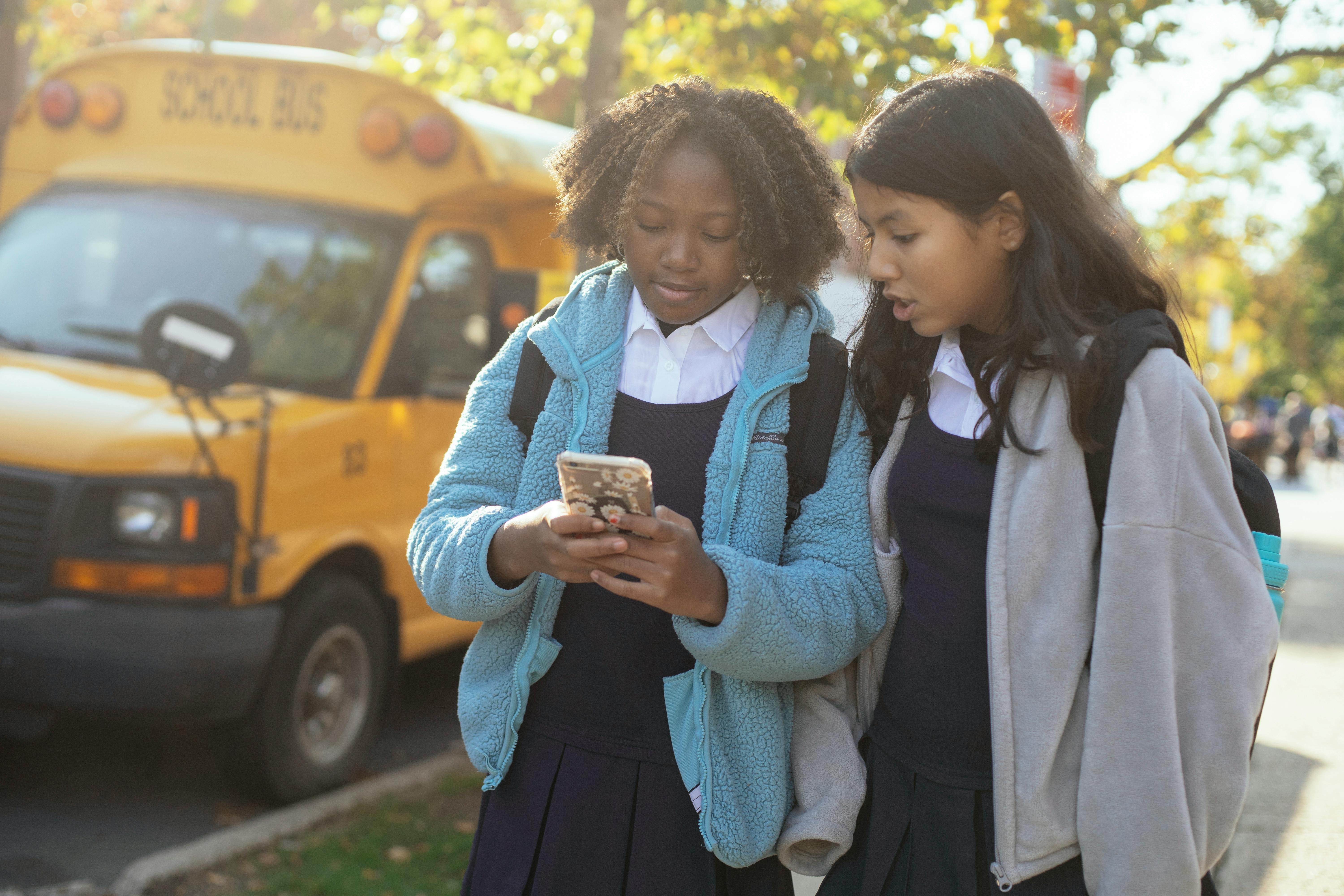Finding Structure After the Dog Days of Summer

For many of us in the world of education, summer brings about some much-needed rest and relaxation. When we consider our K-12 learners, however, summer break can be enriching in some respects but lacking in others. Inequal access to activities and learning opportunities means that the gap in skills and competencies can grow over summer break. How can we, as instructors and instructional designers, design a smooth transition in the fall to bring everyone back on board?
1. Re-orient
A thoughtfully designed orientation week can be essential to help students settle back into routine. Co-creating a weekly schedule with your learners, including a balance of social interaction, independent work, exploration, and evaluation, can help them feel more comfortable as they re-embark on another school year. Whether you are teaching in person, hybrid, or on-line, follow the principles of gradual transfer of responsibility: Begin by leading all activities and providing examples and tutorials, referring learners back to the weekly schedule. Over the coming weeks, gradually have your learners take on a leadership role in navigating their learning schedule.
2. Start small
It can be difficult for learners to focus or listen to instruction for long periods of time after an extended break. If possible, try to keep instruction and evaluations shorter than normal in the first few weeks. Active listening is a muscle that needs to be built back over time!
3. Re-assess levels
Understanding the capabilities of your learners is an important part of adapting your instructional strategy. Consider if formal placement tests, or informal evaluations such as observation or self-evaluation activities, could be appropriate for your learners.
4. Take meaningful breaks
Don’t underestimate the importance of non-academic activities, especially at the beginning of the school year. Playing games, telling personal stories, and completing non-academic challenges are all great ways to build a positive rapport and relationship that will support the learning environment all year.
5. Set goals
Setting meaningful goals is an important exercise for learners and instructors alike. Designate time not only to reflect and create SMART goals, but to check in and update progress through the semester or school year. Think about your own goals as an instructor; are there new teaching strategies or assignments you’d like to try? Envision what you will need to be successful, and set up a framework to document your results.
6. Establish groups
Thoughtful group creation with students at similar academic levels, or partnership between students of different levels, are two strategies that can help meet students where they are at the beginning of the semester or school year. Consider asking students to demonstrate skills or offer tutorials to their peers. This demonstrates that you value their unique experiences, while empowering them to develop leadership skills.
Meeting the needs of a diverse group of learners is one of the main challenges and opportunities for innovation as an instructor. Thoughtful planning during summer break can help you to navigate the beginning of a new year, where differences might appear especially pronounced.
D2L's instructional designers are here to help you make this academic year the best one yet!
Want to Learn More?
Connect with your institute's D2L Customer Success Manager or Client Sales Executive, or reach out to the D2L Sales Team for more information about how Learning Services can support you on your learning journey.

